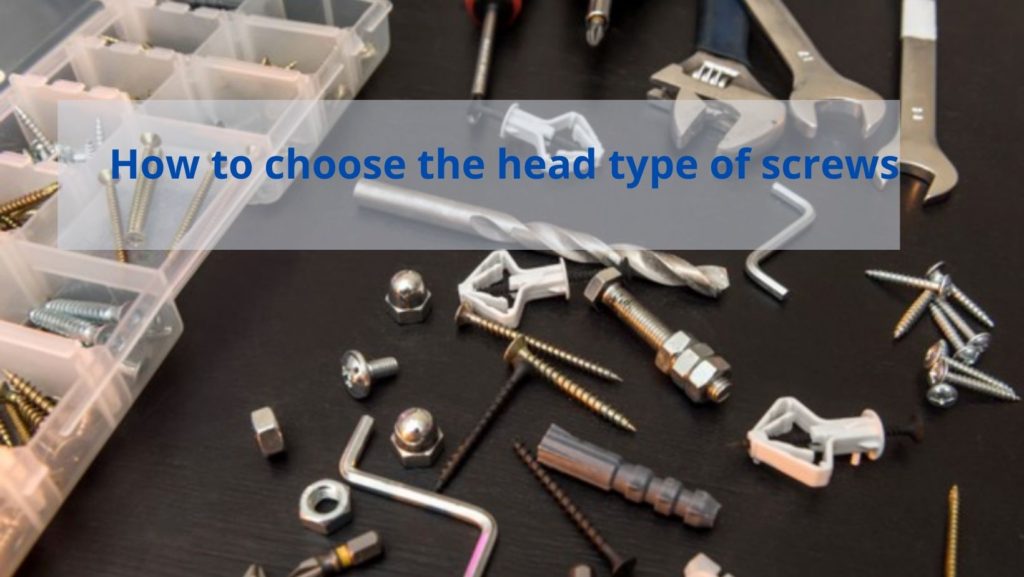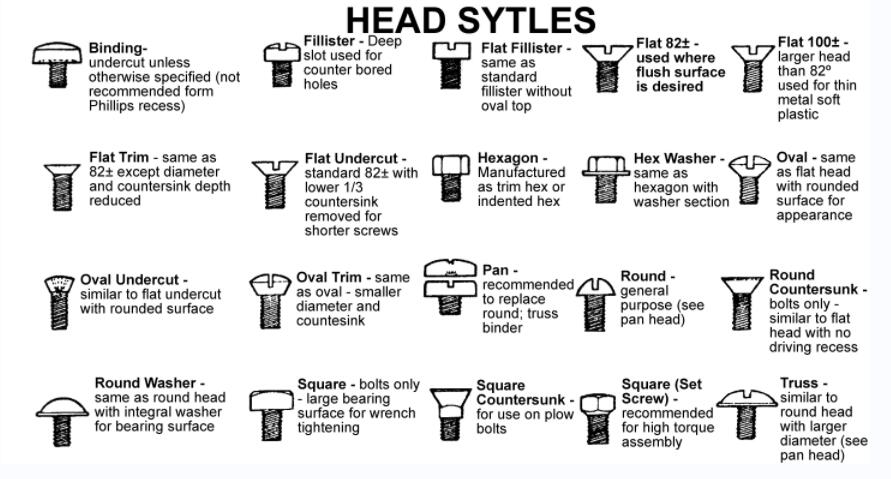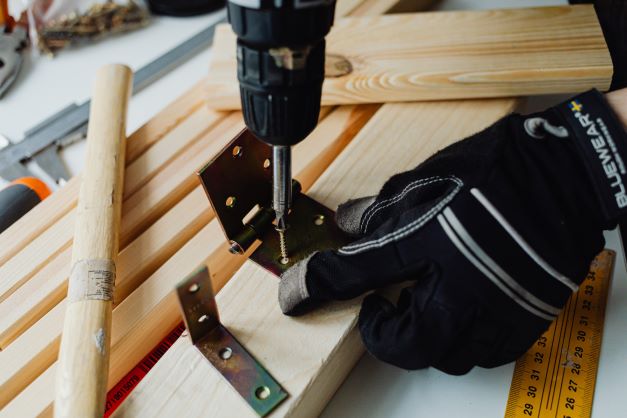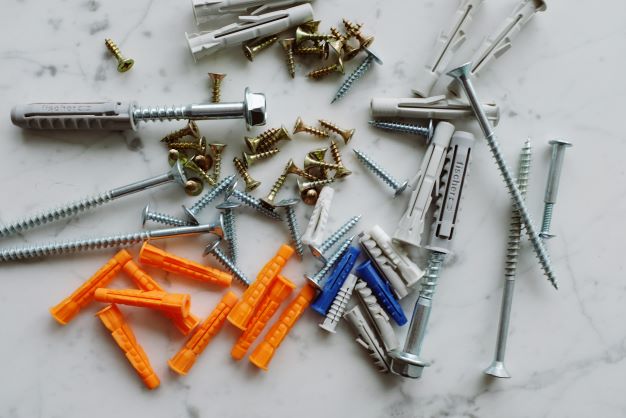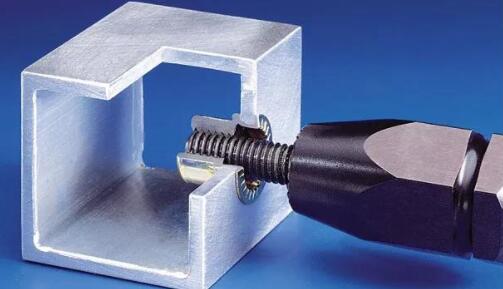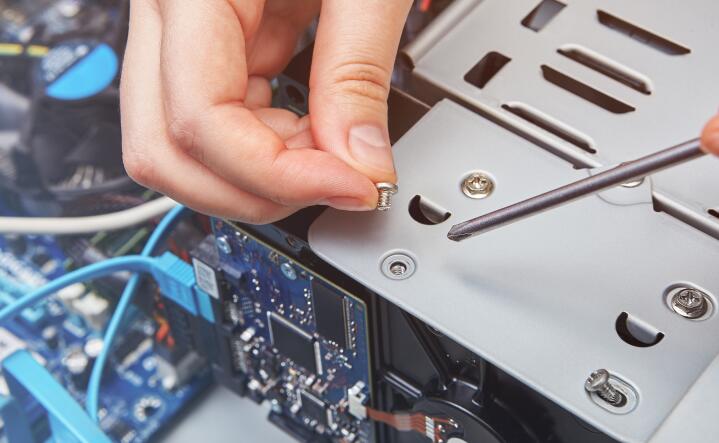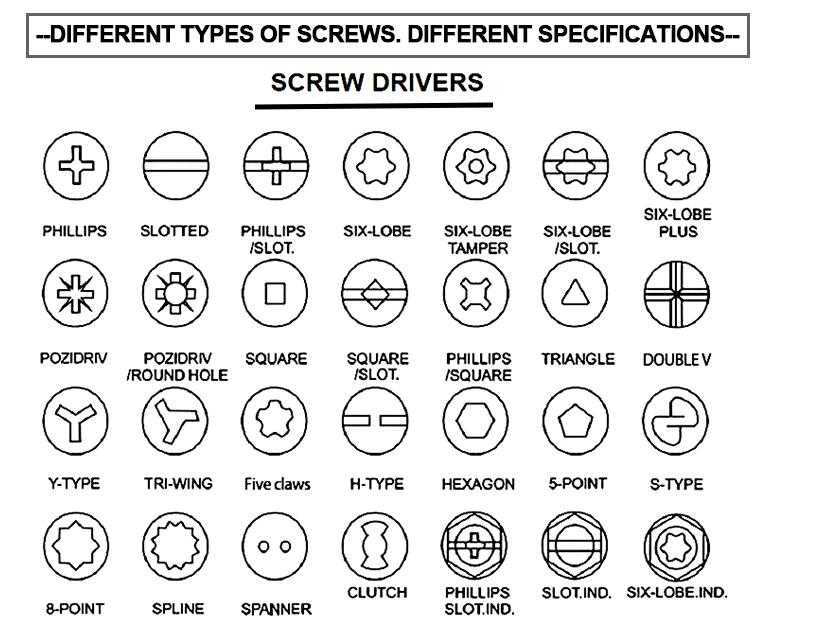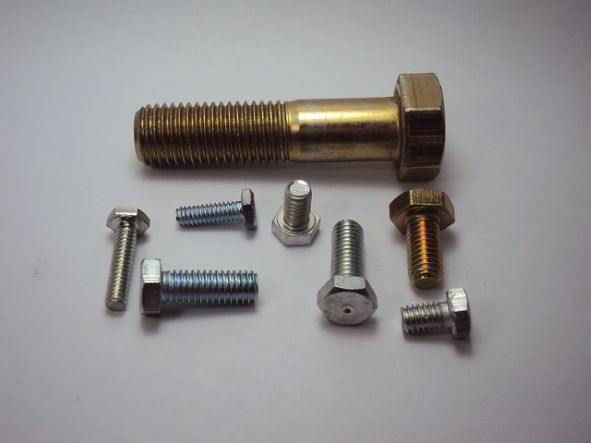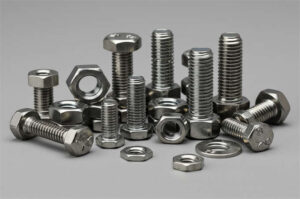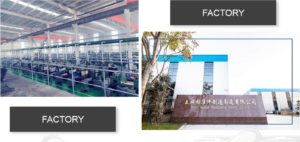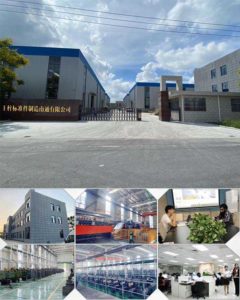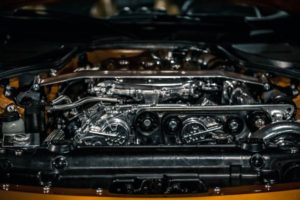How to Choose the Right Type of Screw Head
The practical use of screws has made a lot of advantages in fastening or joining two materials together. Traditionally nails were the most option in construction and interior applications. Today thousands of screws have been made versatile for better suitability of different kinds of assembly. Though this led to a lot of confusion in choosing which kind of screws are fit for certain applications.
Screws have major parts: head, drive, shank, thread, and tip. These parts include further subtypes which function accordingly for the effectivity of the component. The head of the screw receives the clamping force during the installation and is an important part of the integrity of the assembly. To easily distinguish the right type of head screw to choose, you have to know their classifications, features, and types.
Countersunk Head Vs. Non-countersunk Head
When a screw head sits flush on the surface of the material without protruding they are considered a countersunk head screw. It allows the screw to evenly stabilize with the material it is installed without getting disturbed. Countersunk screws are widely used in woodworking such as furniture making, construction, and other interior projects. A method called countersinking wherein pre-drilling a pilot hole with the right head angle enables a countersunk screw to be concealed perfectly in the surface and prevent the splitting of the wood.
Countersunk Screw Head Styles
- Flat: this type of head screw entirely sits flush on surfaces to prevent things from getting caught on them. Subtypes: flat 82+, flat 82+ undercut, flat 100+, flat 100+ undercut. Ex. Flat-head self-tapping screw
- Oval: Oval head has a decorative dome-shaped head that is also known as raised screw head. Oval heads require countersinking during installation.
- Bugle: This screw head type is usually found on self-drilling screws used in drywall, wood decking, and plasterboard. Bugle heads compress the material of the application automatically creating its countersunk hole.
Generally, non-countersunk screws are fully exposed or protruding within the assembly. Most of the standard screws available today have this type of head, the distinct feature of non-countersunk heads is the flat surface under its head. Although the complete exposure of the head can discourage the outlook of screws it allows a great advantage from damage.
Non-countersunk Screw Head Styles
- Binding: A commonly used head type for electrical and other applications; swatches, large manuals, and bookbinding. Its prominent space beneath the head is designed for wire connections that hold things together.
- Button: A rounded head design on screws that are commonly paired with Torx drive recesses.
- Domed: The dome-shaped head consists of a flat inner part that helps in sitting flush to the surface. This type of head provides an aesthetic look to projects.
- Fillister: The screw head is effective for the deeper slot. It features a small diameter and a higher profile with a slightly rounded or oval top.
- Flange: It features a circular flange disc usually in hexed head style. The flange eliminates the use of a washer.
- Hex: Hex heads are designed for successful torque on screws with the use of a wrench or socket during installation. Ex. Hexagon Bolts
- Pan: Usually requires a flat-bottomed screw, pan heads are a common type and can be easily substituted with other round-head screws. Ex. Pan Head Self-tapping screws
- Round: This design offers a rounded appearance of the application. Ex. Round head self-tapping screws
- Socket Cap: Typically found along with socket drives of screws, this headrest is flush with the surface of the material it is installed with even though it is under the types of non-countersunk heads. Ex. Socket Cap Screw
- Square: The head type commonly available in bolts and screws is square. They require the use of wrench-like hex heads during installation and removal.
- Truss: Truss’s head has a lower profile and larger bearing compared to other round-headed screws. They are great for sheet metal applications. Ex. Truss head Machine screw
Basic Types of Screws:
There are variations of screw types but the basic and common types of screws directly determine their function. To get an insight on screws and their applications lets know about the basic types:
Wood Screws
The standard screws that replaced the use of traditional nails in woodworking are wood screws. They have a tapered shank with internal threads that mates with the material of the application. The threads hold and grip into the hole made by the screw to prevent unwanted loosening and tighter fastening.
Masonry Screws
This screw requires a predrilled hole with a hammer drill before installation. Its commonly used in attaching wood or metal parts to concrete or masonry materials. Masonry screws can be specified with a flat or countersunk head and a partially threaded shaft.
Sheet Metal Screws
Screws that have a full threading way up the head with a sharp tip that easily pierces through metal surfaces. This screw has several head types including flat, rounded, and hex.
Machine Screws
Machine screws have a range of variety in head style and drive type. They have untapered shanks and flat tips generally used in joining machinery, and electronic parts (i.e. electronic devices, appliances, and more).
How to Choose Screw Drive Recesses?
There is a handful of varieties of screw drives present on fasteners today. These features are not only for designs but are responsible for various capabilities during the installation of screws including stability, reliability, strength for high-torque, and the prevention of tampering. Once you have chosen the head type of your screw you will need to pick the drive recess with the compatible tools for driving and installation of the screws. This will allow for an easier and more efficient installation process on the project. The different screw drive recesses are:
- Slotted
- Phillips
- Phillips tamper-resistant
- Combination
- Hex external
- Hex internal
- Hex tamper-resistant
- Square
- Quadrex
- Pozidriv
- Torx
- Torx Plus
- Tri-wing
- Spanner
How to Choose the Screw Material?
The primary question in deciding which kind of material to use in screws will be whether is it indoor or outdoor? Indoor applications can use less expensive metal elements or coating screws. Outdoor solutions will require higher corrosion resistance because of the different atmosphere that leads to the most damage to screws.
Some of the common materials of screws include:
- Brass: Is mostly used for indoor applications since this type of material can easily corrode due to its untreated element. They appear in a gold-like color which is great for the decorative look of cabinets or furniture.
- Stainless Steel: A more commonly used material on screws is stainless steel. This element has a high level of resistance to corrosion, strength, and durability, and in some instances can self-repair. Normally, it provides a gray color in screws which can be used in both outdoor and indoor applications.
- Zinc-coated steel: The zinc-coating of screws provides moderate protection from corrosive elements. They appear in silver color which is usually found in wood screws, chipboard screws, and lag screws.
- Chrome-plated: This material on screws is similar to zinc-plating providing the same characteristics of corrosion resistance.
- Dichromate: Another treatment that provides a temporary layer of protection on screws is dichromate. The surface of the screw inhibits a corrosion-resistant ability but can easily disappear over time.
- Phosphated: A common type screw with phosphate treatment is drywall screws. This type of coating provides great resistance to corrosion and leaves a black color on screws.
Learn more about screws with Prince Fastener. We offer a wide variety of standard and non-standard screws for different kinds of applications. Contact us today and get started customizing your fasteners.
